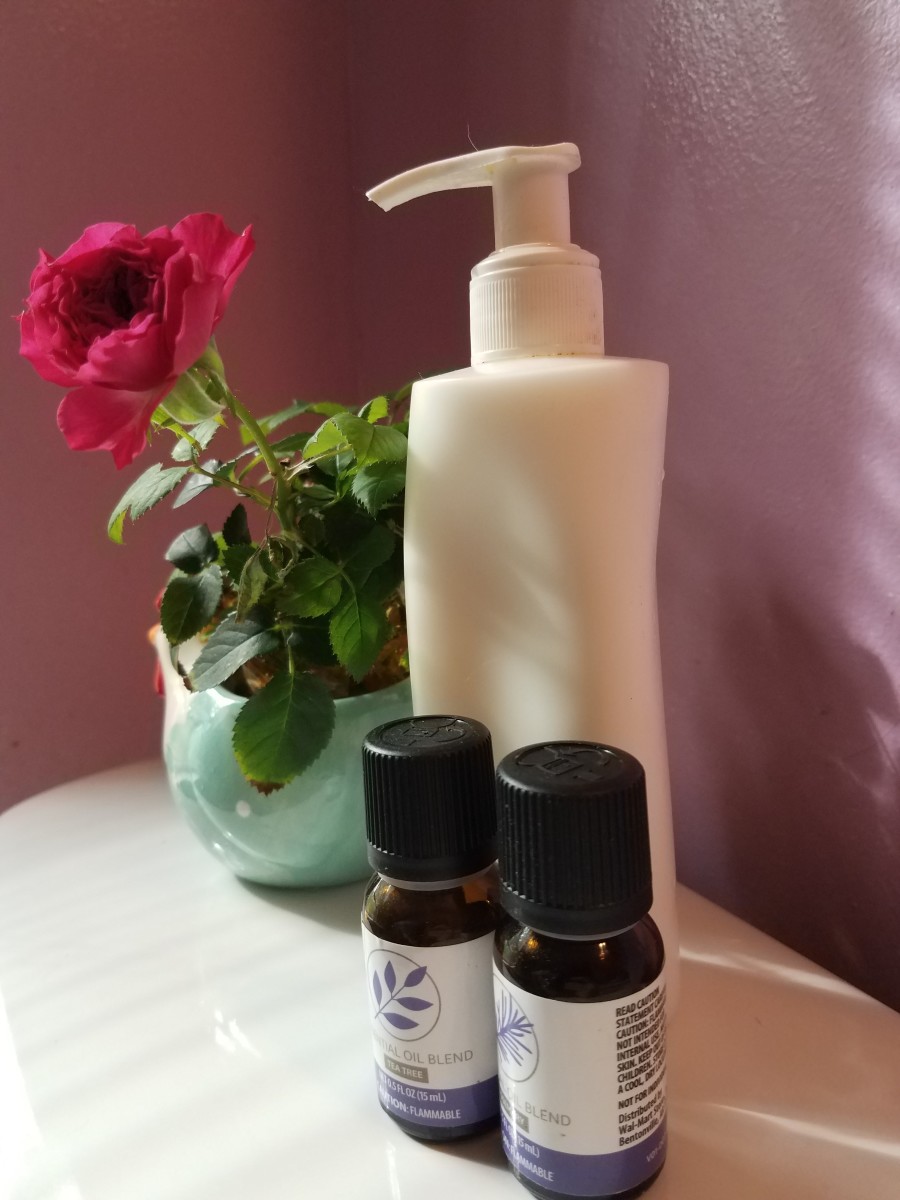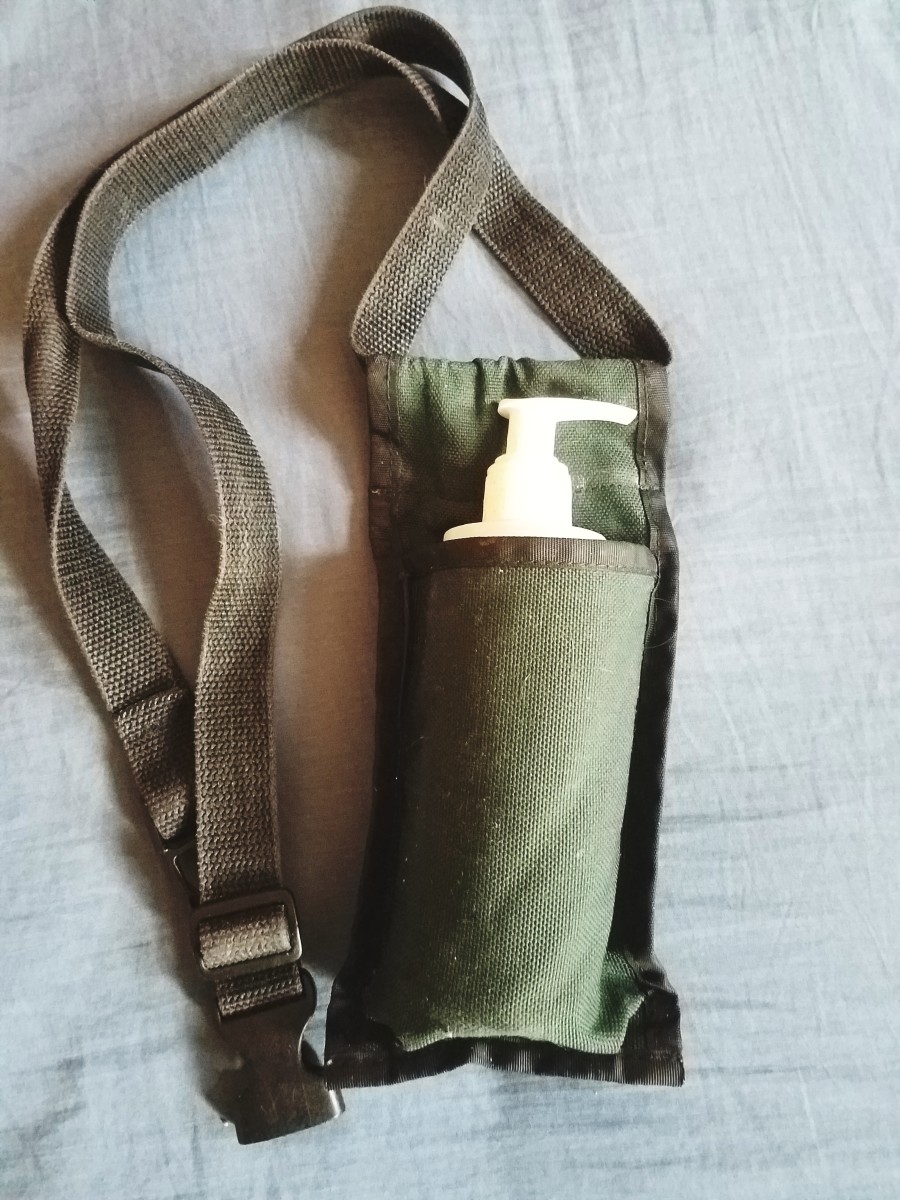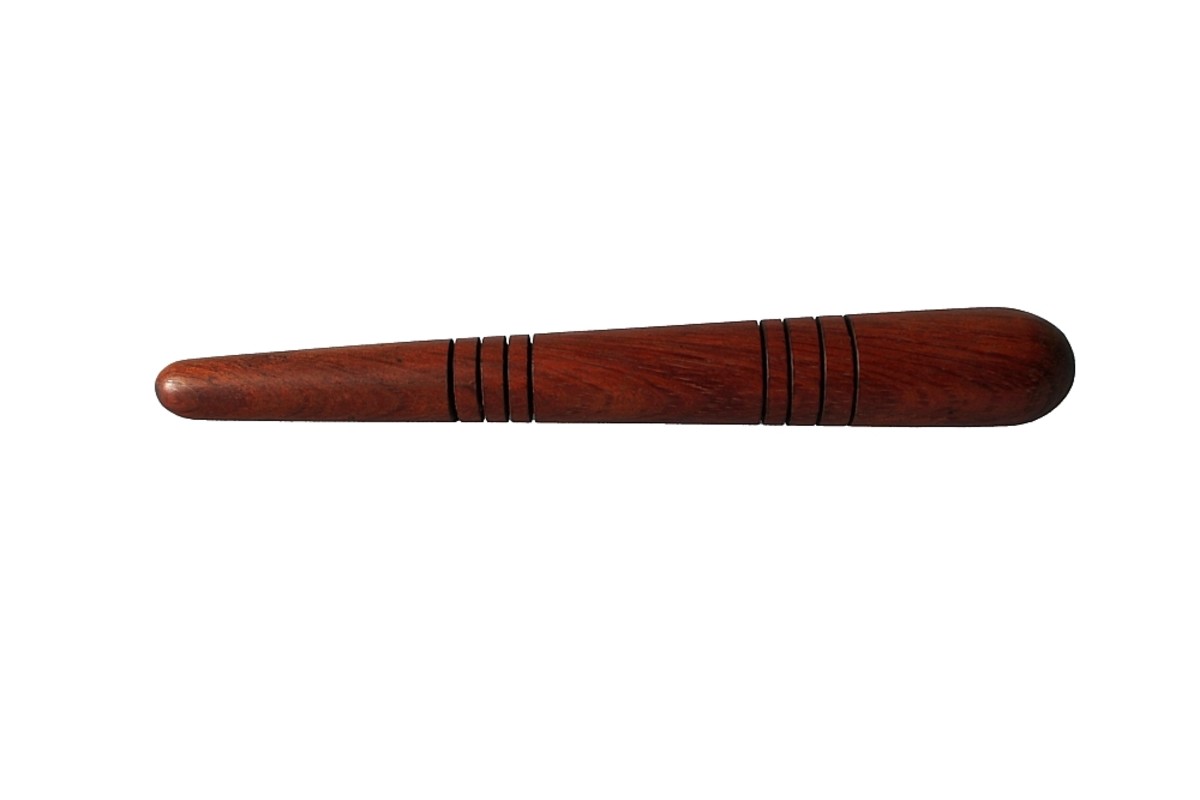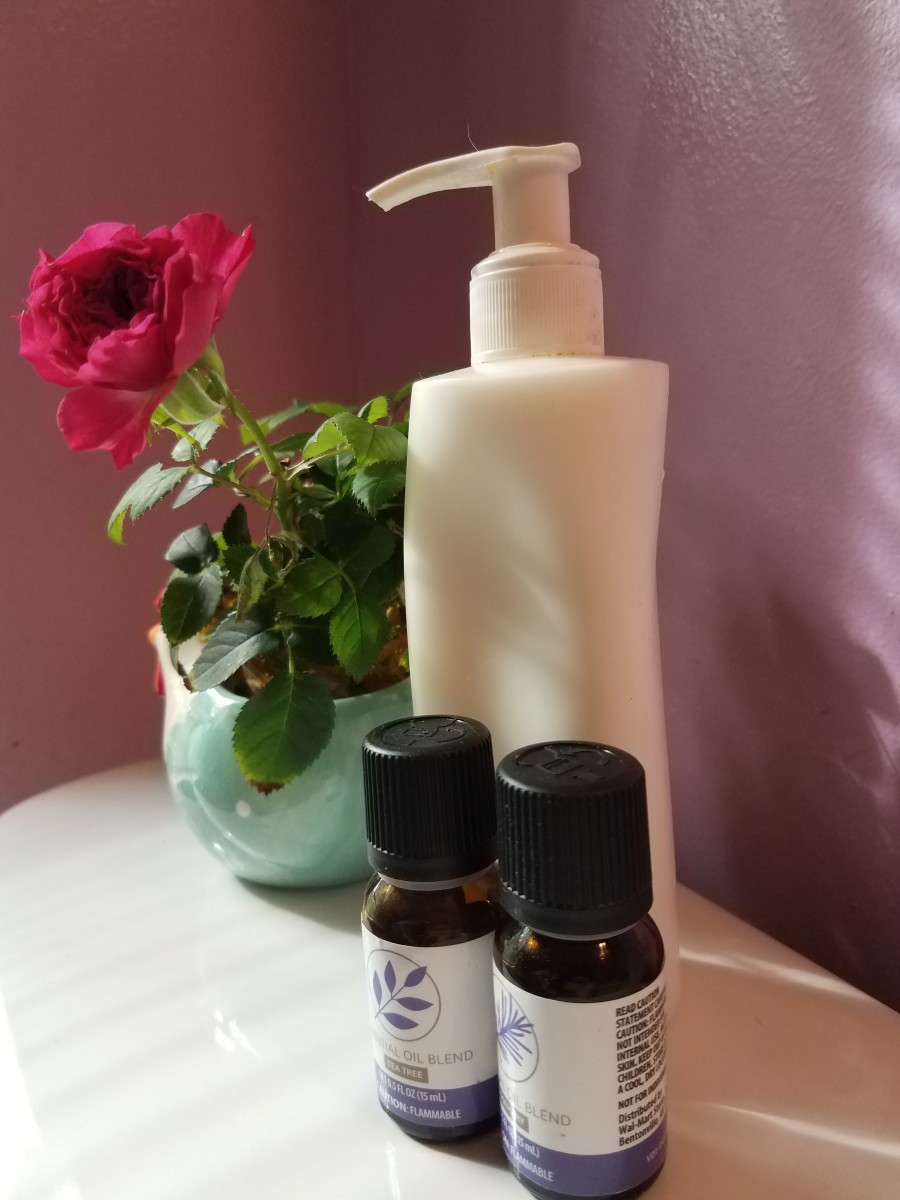Massage on the Menu

What's on the Menu?
Nearly every spa you can walk into will have a printed menu that you can walk out with. Although upgrades and premium services will vary from one establishment to another, under Massage Services, there are a number of staples that are offered with relative consistency. These staples are Swedish massage, deep tissue, sports massage, hot stone massage, and prenatal/pregnancy massage.
The trouble is that spa menus tend to do a poor job of clarifying the difference between these types of massage. The job of the menu writer is to make each type of massage sound appealing and consistent with the overall image of the spa. But for the inexperienced client, this can sometimes lead to confusion, especially when it comes to choosing a massage based on their specific needs. And for the most part, the spa employees who book the appointments and handle the payment are not therapists themselves, and are often no more sure what to recommend than the client.
For the most part, this confusion can best be dealt with through communication between the client and the therapist about the client's needs and goals. However, this therapist would also like to offer a bit of professional insight into the differences between the various types of massage you are likely to see offered on spa menus.
Swedish Massage
Also called a standard western massage--or a "fluff-and-buff" to some of us in the industry--a Swedish massage is a relaxing treatment with light to medium pressure, and long, flowing strokes. Its purpose is mainly to relax and increase circulation, and it is usually the least expensive massage on the menu.
If you are simply looking to indulge and unwind, Swedish massage is a good choice. It is also what I recommend for first-time massage clients, because it is the most basic type, and you are unlikely to leave with the soreness that can sometimes follow a deep tissue or sports massage. A Swedish massage can be pleasantly enhanced with some aromatherapy.
Deep Tissue Massage
As the name suggests, this type of massage addresses the deeper layers of soft tissue in the body to relieve the pain of trigger points or other tissue pathologies. If you are coming into the spa with a specific complaint, or if you simply prefer a deeper massage, this is the one to get. It is often priced a little higher than the Swedish massage for a few reasons. The primary reason is for the benefit of the therapist, who must subject his body to the extra effort and strain of a deep tissue massage. Another reason is that deep tissue as a modality is a bit more advanced than Swedish. While most therapists can perform deep tissue, some have more advanced training than others, or are simply more skilled. A higher price is often reflective of the greater skill required to perform the massage.
Keep in mind that in order to reach the deeper layers of tissue, the therapist will have to spend a little extra time warming the superficial layers. This process can sometimes be accelerated by use of a heating pad or similar method, but usually, the easiest way to do this is simply to spend extra time stroking, lifting, and kneading the superficial tissue. Keep in mind that this probably means you will not feel deep pressure immediately. Give it a few minutes. Warming is essential to avoid injury and ensure that the deeper work is effective. If after a few minutes, you are still not satisfied with the pressure, do speak up.
Although not always, deep tissue massage can often result in some soreness up to a day or two afterward. Ice tends to be the best remedy for this soreness. If the pain lasts more than a day or two, however, let your therapist know.
Sports Massage
A sports massage is a massage designed to further the client's physical fitness and/or athletic goals. It often involves stretching and concentrated work on the specific muscles most used in the client's activity of choice.
Although often paired on spa menus with deep tissue, a sports massage is not necessarily the same thing. That is not to say that it never involves deep work; it quite often does. But while the intention of a deep tissue massage is to access the deeper muscles and work out trigger points, the intention of a sports massage is highly dependent on the goals of the individual client, as well as where they are in training to reach those goals. For example, a sports massage for a marathon runner in the months leading up to their event will be different from the sports massage they receive the night before, which will be different from the one they might get a week after the event.
Sports massage need not be limited only to professional athletes, runners, or those who play competitive sports. Dancers can often benefit from regular massages specifically tailored to them, as can anyone involved in a fitness program, from beginners to professionals. If you are thinking of investing in a sports massage, be specific with your therapist about what activities you are involved in, and what your goals are, so that he might better address your needs.
Hot Stone Massage
Hot stone involves the use of smooth basalt stones, heated in water to a temperature between 120 and 130 degrees. During a hot stone massage, the therapist holds the stones in the palms of her hands while performing the treatment, and the stones act as an extension of her hands. Sometimes, the therapist may place stones at strategic points on the body and leave them there for a time, but stationary stones are not always used.
Most clients I have had find hot stone massages very pleasant and relaxing. But you may find that your experience of hot stone massages varies widely from one therapist to another as much as with any other massage. Some therapists feel confident using fairly firm pressure during hot stone massages. Others--myself included--find that the presence of the stones restricts their ability to read the tissue they are working on, and so they prefer to keep their pressure more superficial while the stones are in their hands.
I find that hot stone massage are most beneficial as relaxation treatments, or when muscle tissue is particularly tight, and the heat can be used to speed up warming and releasing.
If you are diabetic, have a history of heart disease, or if there are any areas of nerve damage resulting in an inability to feel temperature, alert your therapist before getting a hot stone massage.
Keep in mind that hot stone massages require extra preparation. The stones typically take at least 30 minutes to heat to the proper temperature. While some spas may keep stone warmers going all day, others may require you to book a hot stone treatment in advance and will not be able to accommodate a last-minute request.
Prenatal Massage
As the name suggests, prenatal massage is specifically geared towards pregnant women. Most therapists learn the basics of prenatal massage during their core training, and a therapist need not have advanced certification to massage an expectant mother during her second and third trimesters. However, the individual therapist will vary in experience, and in how comfortable they are performing prenatal massage, especially in a spa setting where pregnant women make up such a small percentage of our clientele.
I, for example, do not have advanced certification in prenatal massage, but I am perfectly able to massage a mother-to-be in her second or third trimester whose pregnancy has been without complications. I am probably typical of the therapist you will find employed at a spa.
Mothers-to-be, keep in mind that you will rarely find a therapist who is qualified to massage you in your first trimester, especially in a spa. Because the first trimester is when the majority of miscarriages take place, only therapists with very special training are legally qualified to work on a woman in that stage of pregnancy. Most therapists you will find in a spa do not have that training because, again, pregnant women make up such a small percentage of our clientele. Unless a therapist plans to make prenatal massage his or her specialty, spending the time and money on that training is not worth it.
A great many spas make it a general policy that they will not accept clients in the first trimester of pregnancy. Do not try to argue this policy. It is in place for your safety, the safety of your baby, and to protect the spa and its employees from liability, and you will most likely be turned away.
Once you are in your second or third trimester, though, a prenatal massage can be a wonderful treat.
To accommodate your pregnant belly, the therapist will place you in a side-lying position, with pillows to keep you supported in a neutral position. The pressure will usually be lighter than in other kinds of massages, since the body's preparations for childbirth can lead to weakness in the muscles and joints. Generally, they will work one side of your back, one arm, and one leg, and then turn you over to reach the other side. Some therapists with more experience may also ask if you would like your belly massaged as well. If you are not comfortable with this, it is all right to say no.
As long as you are comfortable lying on your back, your therapist may have you lie face up for the last ten minutes or so to massage your head and neck. Again, they will likely not use a lot of pressure, especially around the shoulders. The conventional wisdom is to avoid a great deal of pressure on the shoulders due to certain pressure points that many have been taught can stimulate labor. During your third trimester, rather than having you lie flat on your back, your therapist may tilt the head of the table upward, or prop you up with pillows.
Final Thoughts
If you have any questions at all about what a certain type of massage entails, or what kind of massage you should get, do not hesitate to ask your therapist. We are more than happy to answer such questions, as they greatly increase the probability that you will walk out of our treatment room satisfied.








